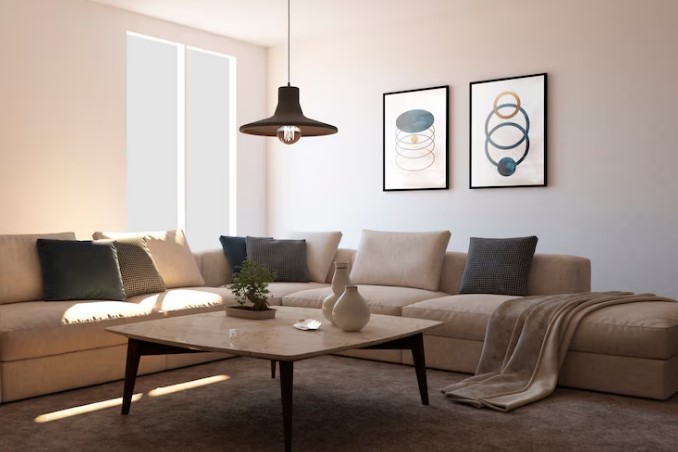
Designing a Space Where Imagination Meets Functionality
Designing a kid-friendly playroom is an exciting endeavor that allows you to unleash your creativity while considering practicality. Whether you have a spare room or a corner to transform, the key is to create an environment where children can play, learn, and grow safely. In this guide, we’ll explore how to design a playroom that balances fun and functionality, catering to the needs and preferences of your little ones.
- Space Planning: Optimizing for Fun and Safety
Before diving into décor and furnishings, start by assessing the available space. Consider the layout and flow of the room, ensuring there’s ample space for various activities while keeping safety in mind. Remove any hazards or breakable items and create designated zones for different types of play, such as active play, quiet play, and creative activities.
- Versatile Furnishings: From Play Stations to Storage Solutions
Invest in versatile furnishings that serve multiple purposes to maximize space and functionality. Opt for child-sized tables and chairs for arts and crafts, puzzles, and snacks. Consider incorporating multi-functional storage solutions like cubbies, bins, and shelves to keep toys organized and accessible. Look for pieces with rounded edges and durable materials to prioritize safety and longevity.
- Stimulating Décor: Sparking Creativity and Imagination
Transform the playroom into a vibrant and engaging space with stimulating décor elements. Add colorful rugs, wall decals, and playful murals to set the tone and inspire creativity. Incorporate themed elements based on your child’s interests, whether it’s outer space, underwater adventures, or enchanted forests. Include plenty of artwork displays to showcase your little one’s masterpieces and foster a sense of pride.
- Interactive Zones: Encouraging Exploration and Discovery
Create interactive zones that cater to different interests and developmental stages. Include a cozy reading nook with a variety of books and plush seating for quiet time. Set up a dramatic play area with costumes, props, and a play kitchen for imaginative role-playing. Incorporate sensory activities like a sand table, water table, or sensory wall to engage all the senses and promote hands-on exploration.
- Safety Measures: Prioritizing Childproofing and Supervision
Safety should always be a top priority when designing a kid-friendly playroom. Install childproof locks on cabinets and drawers to keep hazardous items out of reach. Secure heavy furniture to the wall to prevent tipping accidents. Use non-toxic paints and materials to minimize exposure to harmful chemicals. Consider adding soft padding to floors and corners to cushion falls and reduce injuries.
- Personalized Touches: Making it Their Own
Involve your child in the design process by incorporating personalized touches that reflect their unique interests and personality. Let them choose colors, themes, and décor items to make the playroom feel like their own special space. Display their artwork, achievements, and favorite toys to create a sense of ownership and belonging. Encourage them to help organize and clean up the space to instill a sense of responsibility.
- Growth and Adaptability: Flexibility for Changing Needs
As your child grows and their interests evolve, the playroom should adapt to meet their changing needs. Choose furnishings and décor that can easily transition from one stage to the next. Incorporate adjustable shelving, modular furniture, and removable decals to accommodate evolving tastes and preferences. Periodically reassess the layout and functionality of the space to ensure it remains engaging and relevant.
Conclusion: Designing a Kid-Friendly Haven
Designing a kid-friendly playroom is a rewarding opportunity to create a space where imagination flourishes and memories are made. By carefully planning the layout, selecting versatile furnishings, and incorporating stimulating décor, you can design a playroom that inspires creativity, encourages exploration, and fosters growth. With safety measures in place and personalized touches that reflect your child’s personality, you can create a haven where they can play, learn, and thrive to their heart’s content.


